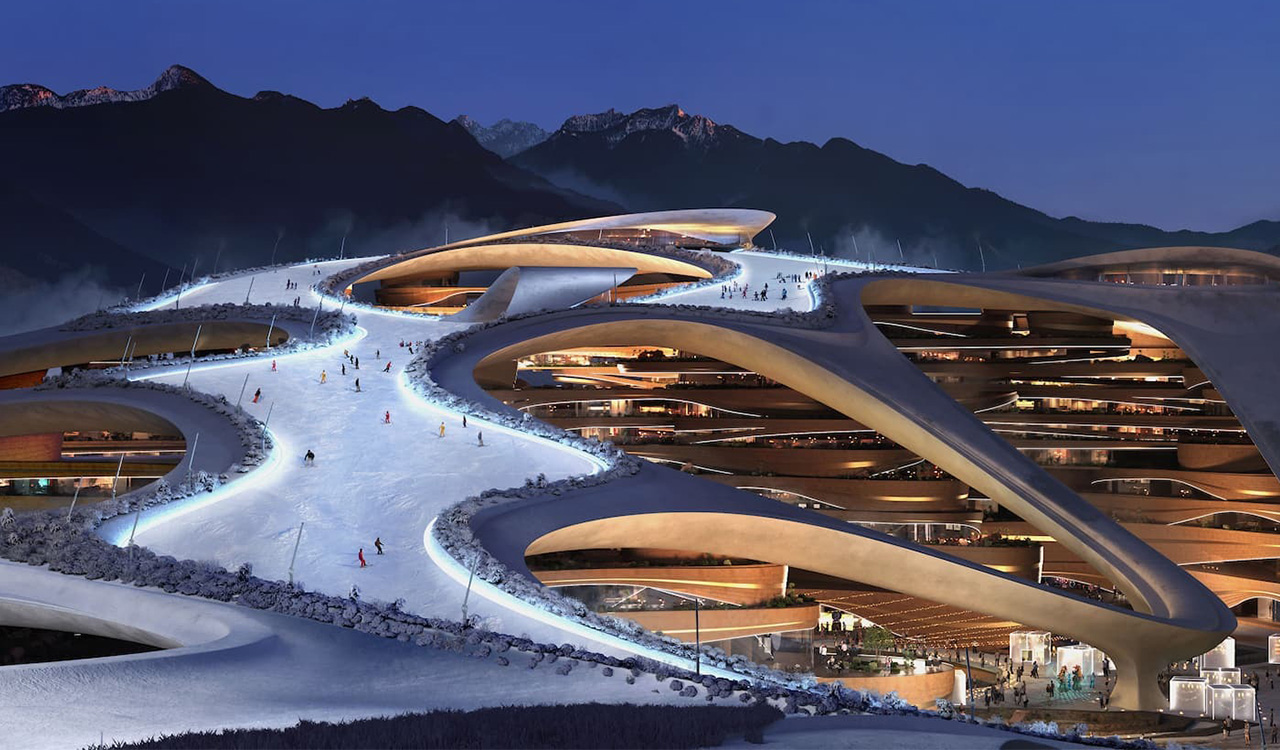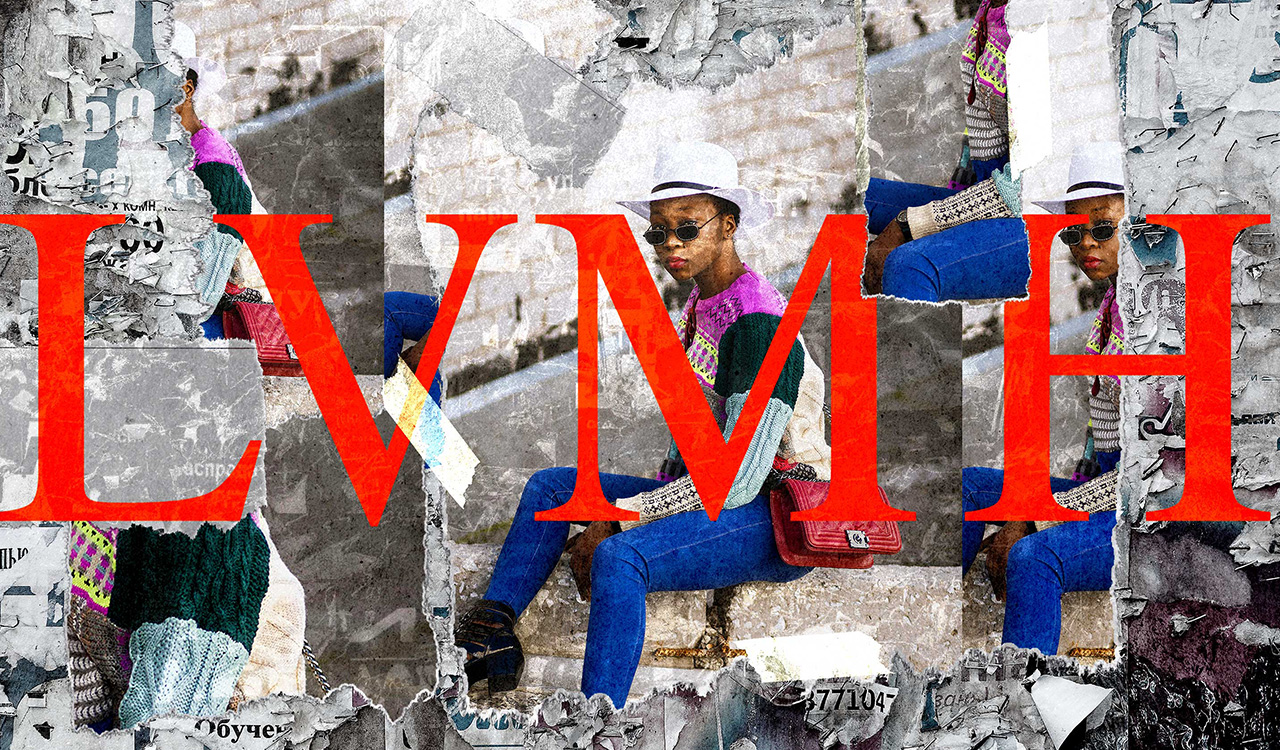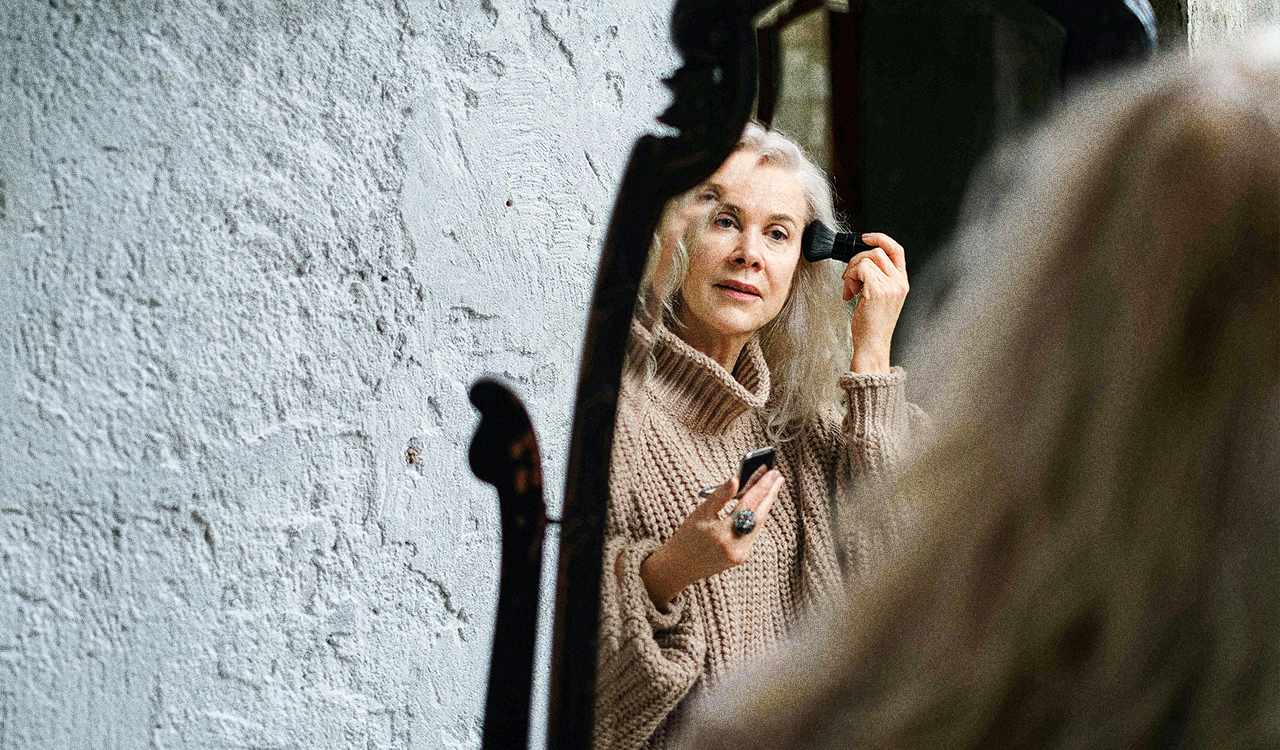Saudi Arabia stands out as a youthful market overall, with last year’s census revealing that of the 32.2 million inhabitants, 63 percent of Saudis (42 percent of the total population) are under the age of 30 years old. That’s about 8.5 million people, while the median age of the entire population is just 29. That tees up Saudi Arabia as an attractive proposition for development.
Saudi Arabia’s approach has not been without its critics, to say the least, dividing high-profile sports bodies and garnering widespread accusations of sports washing for a regime that when it comes to women’s rights and human rights in general has had, let’s say, its PR challenges.
Behind the headlines, an extraordinary real estate-led development boom has been going on within the country, driven by what the Saudis call ‘giga-projects.’ And for once the scale of these initiatives lives up to the self-dubbed hype because they are enormous in scope, ambition, and size and are threatening to shift the tourism and retail axis away from Dubai and Abu Dhabi. Simply stated, Saudi Arabia is taking center world stage.
Neom Rising
The best known of the current Saudi master projects is Neom, a 10,200 square mile region in northwest Saudi Arabia that features a number of diverse regions, and its destination cognitive cities, luxury islands and coastal and mountain destinations. Within Neom, The Line is a linear city that will stretch over 105 miles across the diverse landscape but will be only a sliver of 650 feet wide. It will be home to nine million people on a footprint of 13 square miles with a series of five-minute walkable neighborhoods with no cars or roads.
Also, within Neom is Trojena, a year-round mountain region, which will include the Gulf’s first outdoor ski resort (yes, really) and host the 2029 Asian Winter Games. “We’re beyond inception. We’re beyond master plans and architectural designs. Now, we’re signing contracts and we’re actually building. We wanted to show to the world that we’re not just fancy designs and renders,” Trojena Marketing Director Clark Williams said while at a European real estate event MIPIM in Cannes, France in March.
Among the other projects is Diriyah, a 5.4 square mile mixed-use development located just 15 minutes from the capital Riyadh. Diriyah Company unveiled its concept design for The Arena in Diriyah. Located on the outskirts of Riyadh, is has been designed by London-based HKS Architects and will have a 20,000-seat capacity to host sports, entertainment and cultural events. The announcement is part of the $63.2B masterplan for Diriyah’s transformation and the Arena will be attached to a large retail and dining complex.
Meanwhile, Ha’il Regional Development Authority is creating a 540,000 square feet tourist hotspot at Jubbah, and then New Murabba is being developed as capital Riyadh’s new downtown, spanning 7.3 square miles. At the heart of the development is The Mukaab, the biggest built structure of its kind, with residential, hospitality, cultural, commercial, retail and leisure components, more than 100,000 homes, over 9,000 hotel rooms and 3.3 million square feet of retail and entertainment space, set for delivery in 2030. The Saudis are redefining ambition.
Desert Retail Real Estate
There are more plans in the works, but you get the picture. Saudi Arabia is literally reframing its country and inviting the world to visit. It also seems on course to win the rights to host the FIFA World Cup in 2034 since it is currently the lone bid.
Little wonder that when real estate is on the rise, retail follows. The Saudi Arabian retail market size was around $155 billion in 2022 and is expected to grow at a compound annual growth rate (CAGR) of more than 4 percent during the five-year period 2022-2027, according to Globaldata. Speaking recently at the Saudi Retail Forum, Shehim Muhammed, Director of major supermarket group LuLu commented on how retail chains were beginning to dominate those real estate sales. “A $125 billion journey represents the shift of KSA retail brands from a 20 percent organized retail sector in 2010 to 80 percent [organized] by 2030. Despite inflation challenges, the tug-of-war between affordability and sustainability is evident, with the rising influence of female consumers, projecting 85 percent discretionary spending by 2030,” he said at the event.
Regional Luxury
In the latest Global Retail Development Index (GRDI) by Kearney published in January, the KSA made a significant climb to rank third in the region, thanks to substantial growth in the employment of Saudi nationals in higher-skilled jobs and doubling female workforce participation, the growing popularity and adoption of buy now pay later services, plus the entry of international brands and the expansion of entertainment and lifestyle sectors.
“The MENA [Middle East North Africa] region, and notably KSA, are at the forefront of retail’s next wave of growth. The 2023 GRDI illustrates how these markets are redefining the retail ecosystem with strategic digital adoption and consumer-centric approaches. Saudi Arabia’s impressive rise in this year’s GRDI is a clear indicator of its dynamic retail environment and its strategic initiatives,” said Debashish Mukherjee, Partner at Kearney Middle East & Africa, Consumer & Retail Practice Lead.
The increasing participation of women in the workforce and recent social changes further support consumers’ appetite for luxury, the report said, adding that luxury malls in Saudi Arabia are also busy enhancing the overall shopping experience by providing amenities such as valet parking, concierge services, fine dining restaurants and other premium offerings.
Indeed, spying an opportunity, global luxury brands like Gucci, Louis Vuitton and Chanel have opened flagship stores in the Kingdom, while Prada, Tiffany and Mulberry have increased their presence by establishing their own outlets. According to a report by the International Market Analysis Research and Consulting Group, the Saudi luxury market is expected to nearly double to reach $15.8 billion by 2028.
While leading and established malls remain popular and attract luxury brands, upcoming giga-projects and mega-developments are going to woo many high-end businesses across different sectors with new and different retail concepts. VIA Riyadh, which opened last year, and The Mukaab, the aforementioned center of the world’s largest modern downtown development planned in Riyadh.
While VIA Riyadh is a luxurious new destination that offers upscale shopping and dining outlets, a cinema and Saudi Arabia’s first St. Regis hotel, The Mukaab is promised to be the world’s first immersive, experiential destination for hospitality, retail and leisure destinations. It’s also part of a building as high as The Empire State Building but five times wider and four times deeper, perched on a spiral.
Horizon Lines
What does it all mean? Well, it’s going to take some time for Saudi Arabia to knock Dubai off its perch as an international destination for tourists and shoppers, and it’s going to have to convince visitors that a cheetah can change its spots. But the huge amount of money being ploughed into these projects, and the fact that many are already off the ground, makes it feel as if the axis might be pivoting as Saudi Arabia is taking the center world stage.




